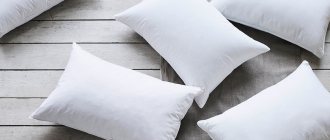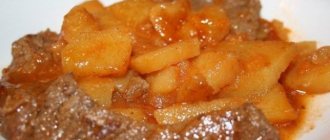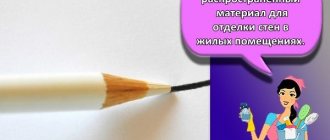- Insulation density in winter clothing
- Types of insulation for clothing
There are many excellent insulation materials for winter clothing: natural, mixed and artificial, for zero temperatures and forty-degree frosts. The answer to the question: “Which one is the best?” - does not exist, because they all have unique properties, and the choice depends solely on the type of weather conditions and personal preferences.
All insulation for winter clothing is divided into two types:
- Natural. They have amazing thermal properties. They allow air to pass through and retain heat, while blocking moisture from the outside due to their natural properties.
- Synthetic. They keep their shape well and do not get lost when washed, they are hypoallergenic. There is no risk of microorganisms spreading in such fillers. The cost is several times lower than that of natural ones.
Recently, mixed insulation for winter clothing has gained popularity, which combines the main advantages of natural and synthetic ones. These include:
- batting;
- woolpon;
- alpolux;
- woolcrown.
Winter clothes with insulation are usually difficult to care for. Down jackets, winter coats and membrane jackets are difficult to wash and dry. There are several general rules that should be followed to ensure that clothing retains its original appearance and thermal properties for as long as possible:
- Each jacket must be washed separately;
- The detergent must be suitable for both the insulation of winter clothing and the outer fabric. It is advisable to use special cleaning products;
- do not use aggressive bleaches and stain removers;
- fur inserts and fittings must be cleaned separately;
- Do not dry winter clothes near heating appliances or in an automatic dryer.
For proper care, pay attention to the information on the label - usually manufacturers indicate all the details that the buyer needs to know. If possible, take your clothes to professional dry cleaners and laundries.
Natural insulation materials
The warmest natural fillings for winter down jackets, but they are also expensive. These animal materials have different properties.
Wool
Sheep or camel wool is used as insulation for jackets. It holds heat well, is inexpensive, but has a number of disadvantages. One of them is heavy weight. To make wool lighter, synthetic materials are added, but then the initial properties change.
Another disadvantage is shrinkage during washing. There is also a risk of allergies.
Wool holds its shape well and is wear-resistant. It is often used to sew a lining or additional lining that can be removed in warmer weather.
Pooh
This is a classic filler for jackets, which gives down jackets their name. Down is usually combined with feathers. The more of the latter in the composition, the lower the insulation category. Ideal when the fluff content is at least 95%. This category is called premium.
Down retains heat well, weighs little, and is hygroscopic. This is a soft filler that is resilient and elastic and restores its original volume well.
Down is not cheap. Among its disadvantages is the risk of an allergic reaction and difficulty in care.
For jackets, duck, goose or eider down is used. The last one is the most expensive and is rare. This down jacket is warm even in the most severe frosts.
Advice! When buying a down jacket, you should compress it and observe how long it takes to restore the initial volume and whether it returns completely. Ideally, this takes no more than 2 minutes.
Some down manufacturers confirm its quality. The down jacket may be marked Fill power, indicating the density in cubic inches. The best down has a value of 800-900, a figure less than 400 indicates low quality. The higher the Fill power value, the lighter and warmer the jacket.
A down jacket with natural filling will last more than 10 years. It is important to check the quality of the fabric and stitching and ensure proper care.
Cotton
Unlike wool and down, cotton is hypoallergenic. This is an environmentally friendly material. It attracts with its lightness, wear resistance and accessibility. Cotton retains heat well while allowing air to pass through freely. Jackets with this filling can be worn at temperatures down to -30°C.
The main disadvantage of cotton is its strong moisture absorption. This makes jackets with such filling impractical, which is why they have practically been replaced by other modern options.
Author:
Anastasia Kukushkina
I hope you enjoy the article I have prepared for you! If you find errors in it, write to me about it! I will answer any questions you have, ask them!











